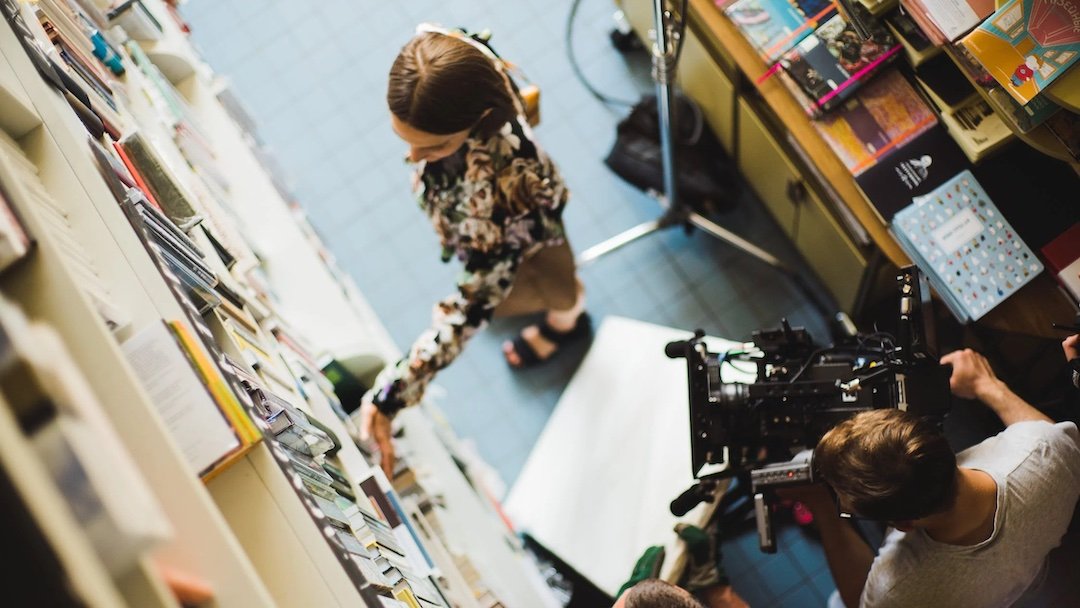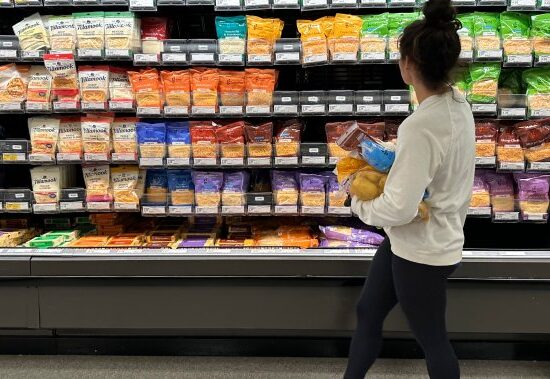
Bringing your vision to life on screen involves planning. You’ve spent countless hours ruminating on how scenes will play out. This includes detailed imagining of the backdrop for each scene. When creating these sets, they can be based on reality. They can be mundane and full of day-to-day items. They can also be fantastical, involving castles, caves, and uncharted planet topography.
Whatever you dream up has to become reality. It has to translate on screen for your film to reach its highest potential. Often, this takes a lot of time, resources, and energy. You also have a responsibility to make your film sustainably. Independent filmmakers and Hollywood are working to combat climate change. Much of this includes displaying sustainable behaviours on screen and promoting eco-conscious outlooks in film discourse. However, you must also practice what you preach. This starts with an environmentally responsible set design.
Why You Should Prioritize a Greener Set
It’s tempting to assume that how you make your set won’t be analyzed by the general public. Your vision for your film needs to come to life in any way possible. On the contrary, groups like The Sustainability in Production Alliance (SiPA) and The Vectar Project recognize the importance of switching up film processes for a better environmental future.
SiPA is an organization that bands together to advocate for sustainability across the live production industry. They tap into each facet of the production process, from venues to choreography and beyond, and have a fantastic take on why the industry should focus on sustainability:
“Waste is a product of bad design; our creativity must not be disposable. Re-invention and innovation of our industry resources, raw materials, imagination, and expertise will lead us to a future of zero loss. In an industry that is fighting for environmental, social, and economic resilience, we cannot continue the practice of waste.”
The Vectar Project is the UK’s first climate-conscious film studio. They use groundbreaking tech and sustainably sourced materials to create eco-friendly sets for UK filmmakers. They say it best here:
“The film industry has produced ground-breaking films that reveal mankind’s negative effects on the planet, yet we are often one of the most wasteful industries and guilty of contributing to the very damage we see on the screen.”
Instead of perpetuating irresponsible set design, filmmakers can prioritize the environment and reap additional benefits. Greener filming is important because it:
- Produces less waste;
- Uses fewer resources;
- Provides cost savings;
- Enhances creativity.
Cinematic immersion is still certainly possible using sustainable set design. Consider the following tips for making your next film with a smaller impact on the environment and a greater impact on the industry and consumers of your masterpiece.
Sourcing Sustainable Materials
When deciding what to use to build your set, look into sustainable construction materials. Responsibly sourced timber and plywood can be a carbon-neutral way to build set pieces. Biomass does not contribute to the increase of greenhouse gases in the atmosphere since it comes from sources that consume CO2 in the first place. This means that you can implement wood materials that are extracted from responsible foresting practices.
Bamboo is another example of a flexible, decorative material that can reduce your carbon footprint. It is organic and compostable, much like lesser-known mycelium. Mycelium is comprised of the root-like structure of fungi when dried. It can be combined with other materials to become pliable and moulded into various structures.
You can even consider 3D-printing your own set pieces to save on mass production emissions. Plus, that way you can design an eye-catching set that includes unique pieces not used anywhere else except your studio.
Recycling, Reusing, and Upcycling
Set and prop recycling should be promoted during and after filming. When you are using recyclable materials like wood and cardboard, this makes the process a lot easier. Further, you can save money by repurposing old items — whether they’re from previous set designs or had other uses entirely. For example, you could upcycle a thrifted mirror to fit a haunted house scene by painting and distressing it in-house.
Building for Future Dismantling and Storage
In addition to recycling materials, you should build a set with dismantling and storage in mind. While the set doesn’t have to be extremely flimsy, it should be built in such a way that it can be torn down without using excess energy or creating too much waste. Consider adding joints in wooden walls to be able to easily fold them and move them to storage. Then, make sure the items that you are storing are absolutely reusable. Otherwise, you’ll be wasting space and energy in a storage facility.
Using Energy-Efficient Lighting
As someone in the film industry, you know the importance of lighting. It adequately lights up actors and prominent parts of a scene. It influences the ambience and can heavily affect the feeling of the film. The film industry is notorious for its wide array of lighting that is used by videographers and set designers.
Instead of jumping on the bandwagon and purchasing large, energy-draining lights, consider some efficient electrical upgrades. Switch to LED studio lighting to reduce electricity consumption. Use smart power strips that allow you to program on and off times and control the flow of electricity needed. Consider installing solar panels as an energy source if feasible, because the initial investment will save you money and reduce climate impact in the long run.
Moving Forward in the Industry, Sustainably
Stakeholders, actors, partners, other filmmakers, activist groups, media outlets, and more will notice your contribution to climate action. The creativity you must have to design a set using sustainable materials and energy sources will inspire and move others to enjoy your film and make an impact themselves. Keep aware of emerging trends in set sustainability to get a leg up on the competition and make your film dreams a reality, now and in the foreseeable, efficient future.
Amanda Winstead is a writer from the Portland area with a background in communications and a passion for telling stories. Along with writing she enjoys traveling, reading, working out, and going to concerts. If you want to follow her writing journey, or even just say hi you can find her on Twitter.














